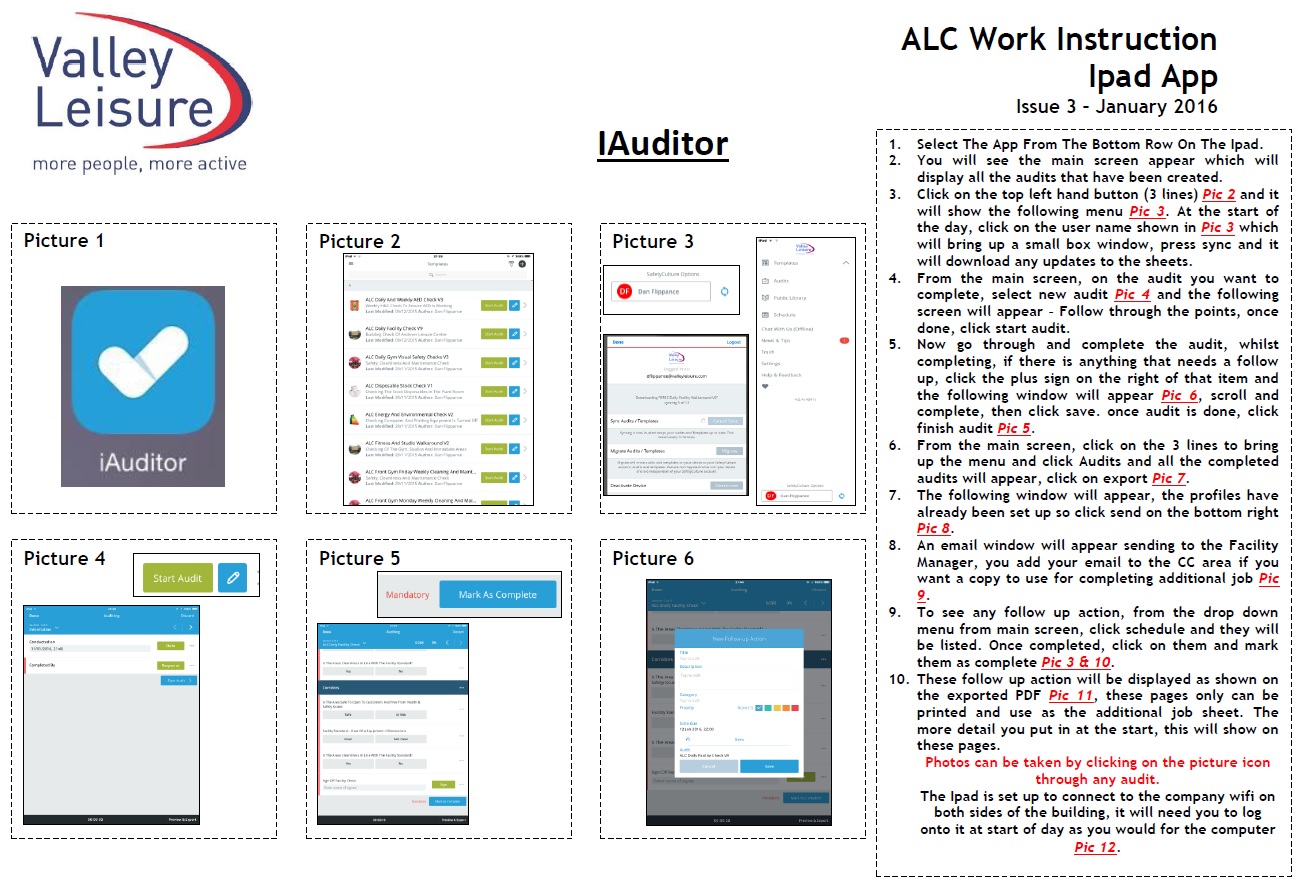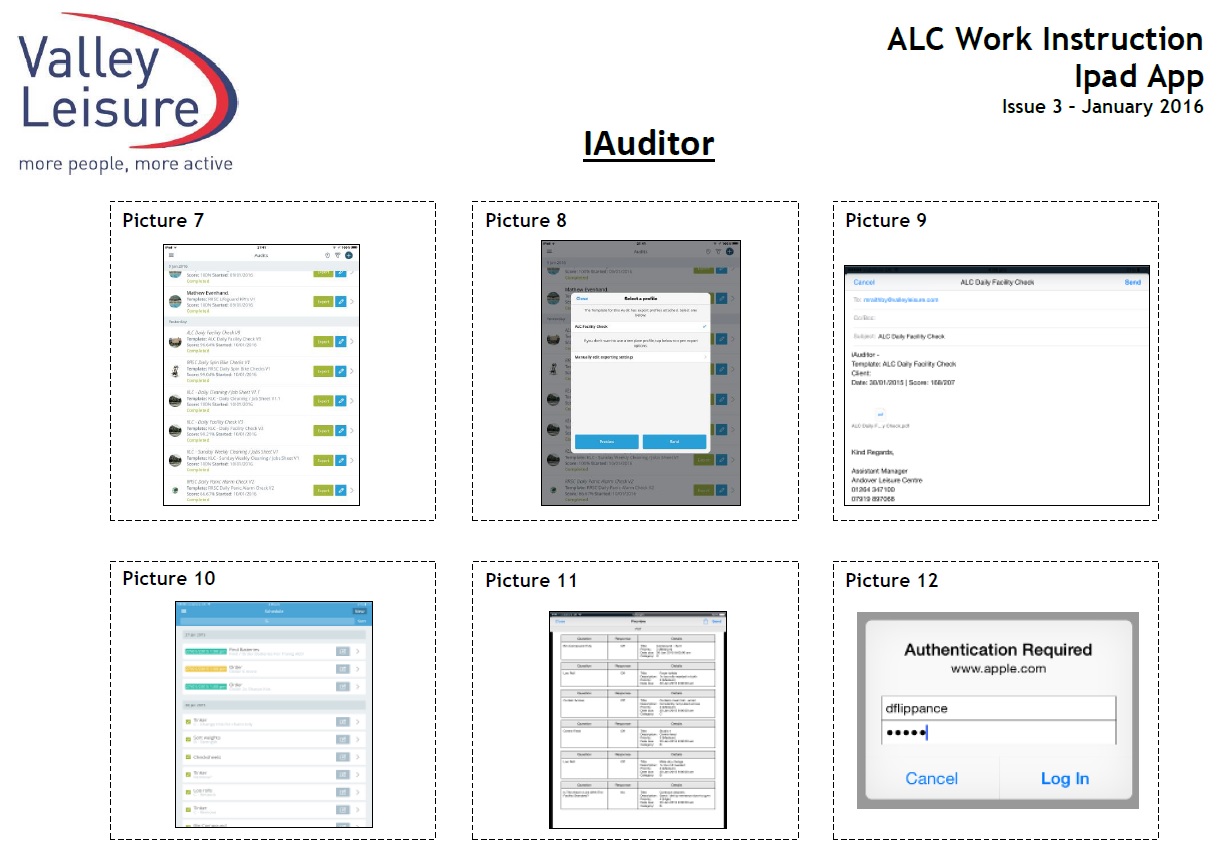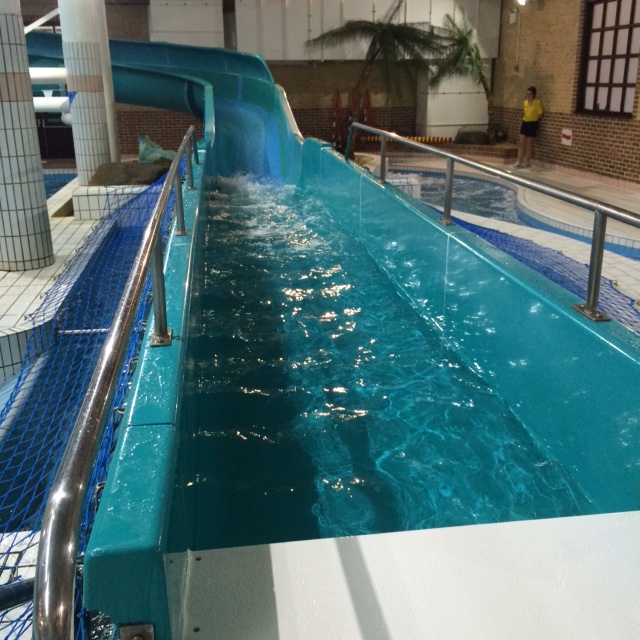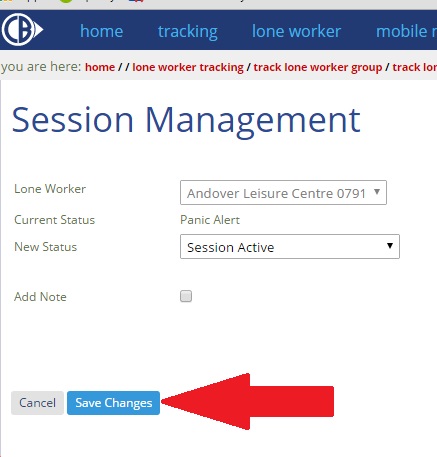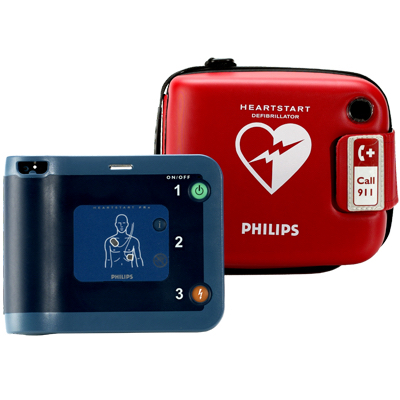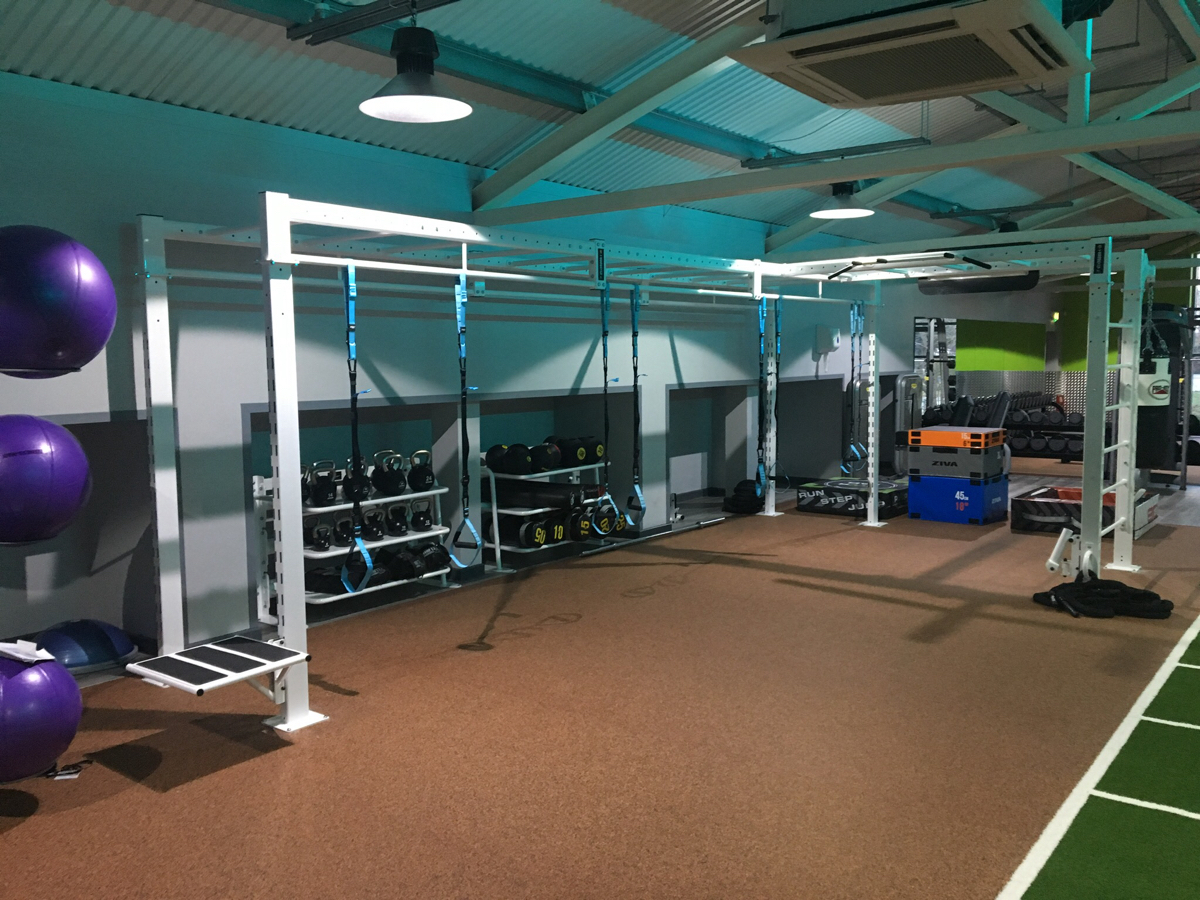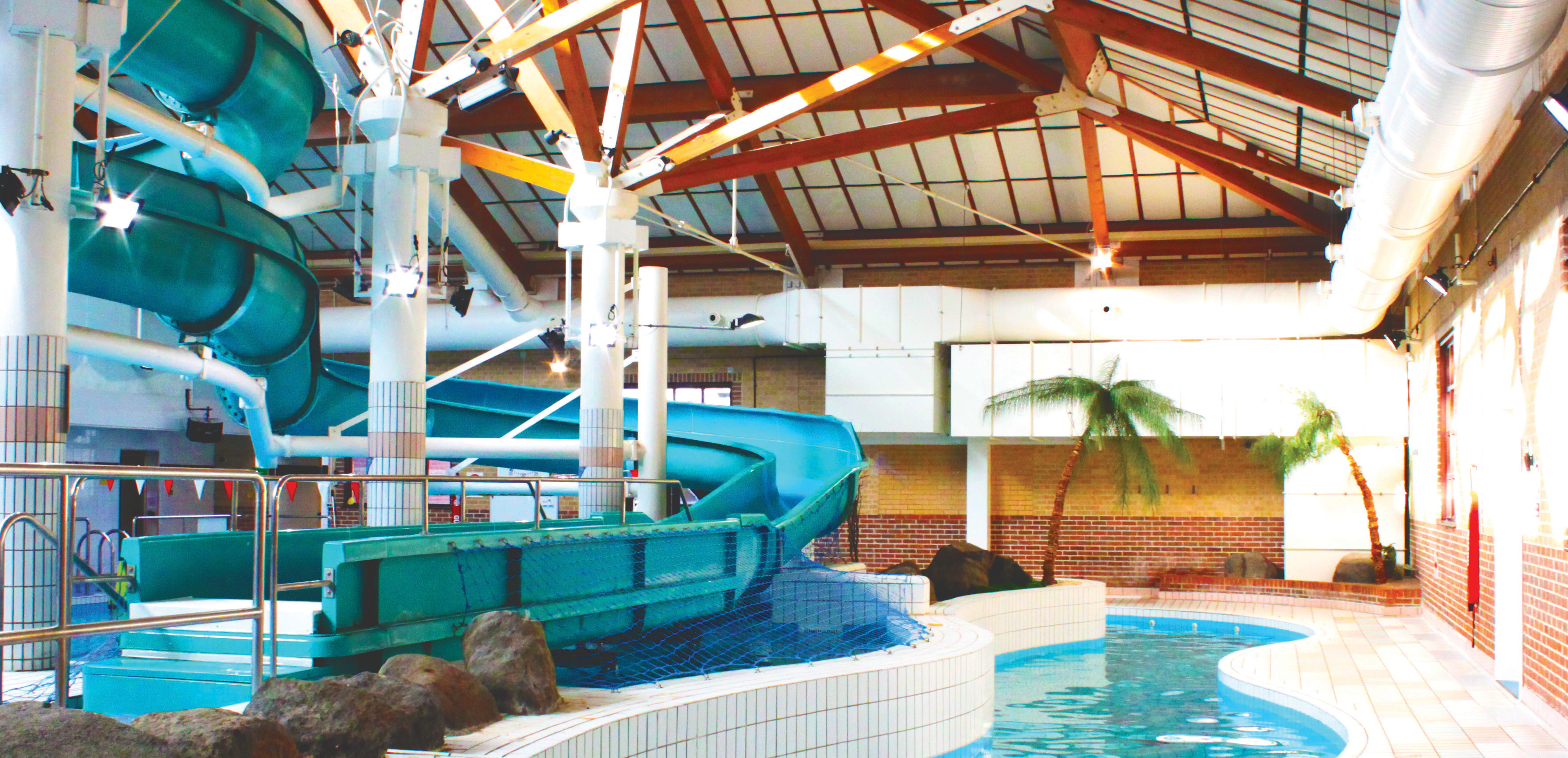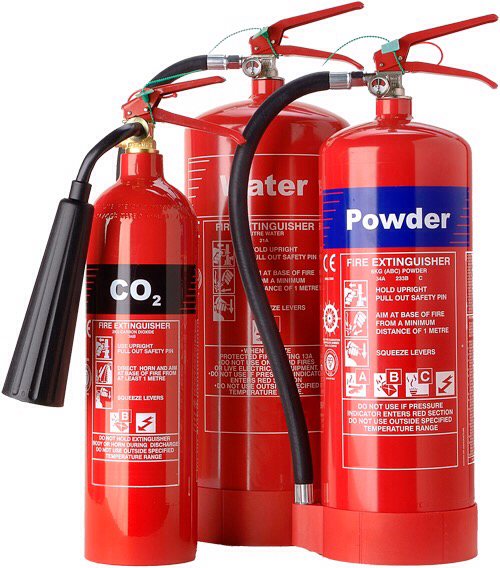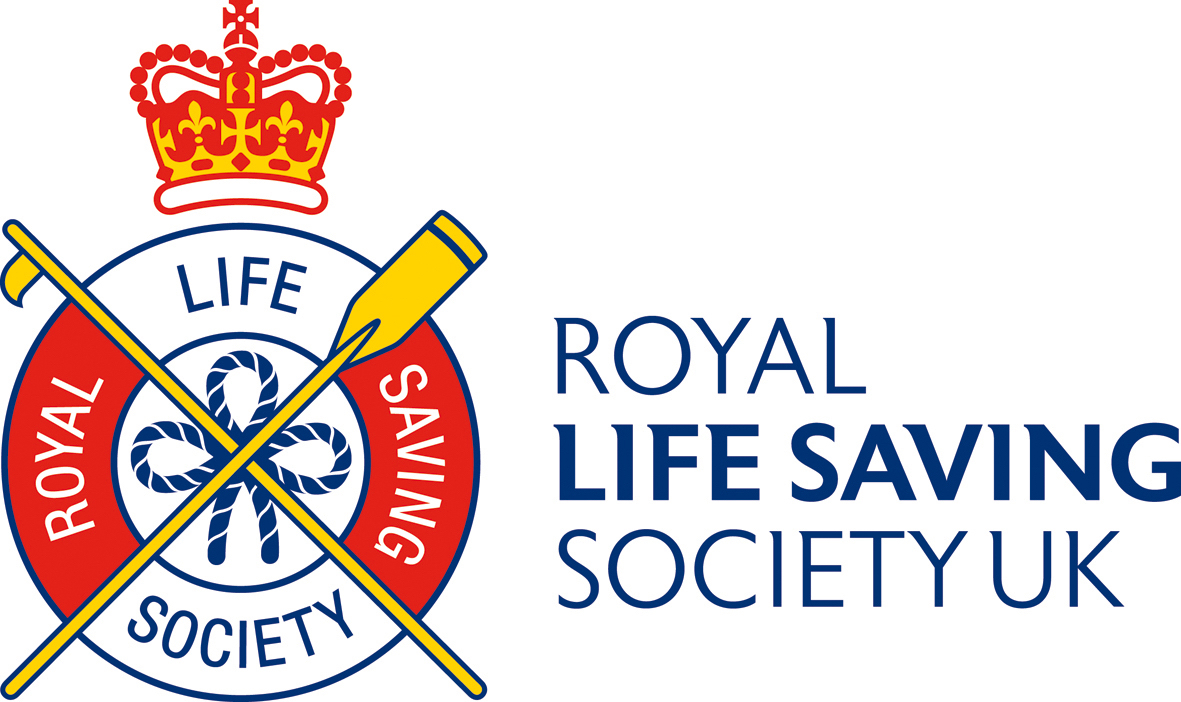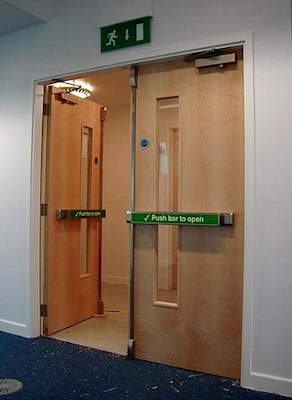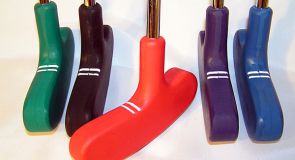Information
-
Toolbox Talk Being Completed (E.g. COSHH Training)
Toolbox Talk - Romsey Rapids Sports Complex
-
Instructor(s) Name(s)
-
Training Being Completed
- iAuditor / Safety Culture
- Evac Chair Training
- Secondary Drowning
- Pool Water Testing
- Flume Checking
- Housekeeping And Storage
- Leptospires
Evac Chair Training
-
1. Why Evac Chair?
-
2. Preparing The Chair
-
3. Preparing To Receive A Passenger
-
4. Using The Head Strap
-
5. Using The Comfy Seat
-
6. Balance Position
-
7. Moving Forwards
-
8. Decent
-
9. Pivot
-
10. Exiting Buildings
-
11. Procedure For Closing The Chair
-
12. Carrying Procedure
-
13. Transfer Technique
Intoduction
-
Leptospirosis is a disease that can be passed from animals to humans. Leptospirosis is caused by bacteria of the genus Leptospira, (referred to as Leptospires) which infect a variety of wild and domestic animals. The animals can then spread the Leptospires in their urine. Common animal reservoirs (maintenance hosts) include rodents, cattle and pigs.
Human infection occurs through expose to water or an environment contaminated by infected animal urine, and has been associated with a variety of occupations such as farming which can involve direct or indirect contact with infected urine or recreational pursuits. In the UK, such activities include canoeing, windsurfing, swimming in lakes and rivers, pot holing and fishing.
How Do Animals Carry Leptospirosis?
-
Infected animals carry the bacteria in their kidneys. They can excrete Leptospires in their urine for some time, and spread infection to other animals or humans coming into contact with the urine. Often the infected animal does not become ill. For example, both rats, which carry the type known as Leptospira lcterohaemorrhagiae, and cattle, which carry another strain (L.hardjo), appear ill.
How Do Humans Become Infected?
-
Humans are considered to be a dead-end or accidental host of Leptospires. Infection may be acquired by direct or indirect contact with affected urine, tissues, or secretions. Leptospires enter the body through cut or damaged skin, but may also pass across damaged or intact mucous membranes, and the eyes.
What Are The Symptons?
-
Leptospirosis can be used to describe infections in both man and animals caused by any pathogenic strain of Leptospira. In humans it causes a wide range of symptoms, although some infected people appear healthy. All forms of Leptospirosis start in a similar way. Leptospirosis is an acute biphasic illness. Some cases may be asymptomatic or may present in the first phase with onset of a flu-like illness, with a severe headache, chills, muscle aches and vomiting. This is known as the bacteraemic phase, when the Leptospires spread through the blood to many tissues, including the brain. This phase may resolve without treatment. In some cases, an immune phase may return with a return of fever, jaundice (yellow skin and eyes), red eyes, abdominal pain, diarrhoea, or a rash. In more severe cases their may be failure of some organs, e.g. the kidneys, or meningitis. Generally, cases will recover within two to six weeks but some may take up to three months. After infection, immunity develops against the infecting strain, but this may not fully protect against infection with unrelated strains.
Diagnosis
-
As many of these symptoms are the same as for other diseases, diagnosis of Leptospirosis is based on clinical suspicion confirmed by laboratory testing of a blood sample. There is a specialist reference laboratory for Leptospirosis in the UK, which can be consulted by doctors.
How Soon After Exposure Do Symptoms Occur?
-
Typically, symptoms develop seven to fourteen days after infection, though rarely the incubation period can be as short as two to three days or as long as thirty days.
How Is Leptospirosis Treated?
-
Leptospirosis is treated with antibiotics such as penicillin or doxycycline, which should be given early in the course of the disease. Intravenous antibiotics may be needed for people with more severe symptoms.
Can Leptospirosis Be Prevented?
-
There is no human vaccine available in the UK that is effective against Leptospirosis. For people who may be at high risk for short periods, especially through their occupation, taking doxycycline (200mg weekly) may be effective.
Ways to avoid contracting Weil’s disease are very simple:
• Avoid capsize drill or “rolling” in stagnant or slow moving water, particularly where rat infestation is obvious.
• Wash or shower after canoeing.
• Cover minor cuts and scratches with waterproof plasters before getting in your boat.
• Wear trainers or wetsuit boots to avoid cutting your feet.
• If you have flu-like symptoms after canoeing go to your GP and tell him you are a canoeist.
Housekeeping, A Place For Everything
-
All staff are responsible for either reacting to or reporting to the Assistance Manager any ‘spot’ cleaning requirements noticed. All staff are responsible for litter picking as they walk in and out and around the building.
-
All Staff are responsible for ensuring that stores are kept clean, tidy in accordance with plans.
-
The physical environment in a workplace reflects the organisation and the quality of work delivered. Remember first impressions are lasting impressions. Make sure your physical environment speaks well for you. Play your part by sorting out problems yourself of pointing them out to someone else who can.
-
All corridors, fire exits, store cupboards and circulation areas should be clear from obstruction. Any obstruction should be removed immediately or reported to the Assistant Manager.
-
Centre Assistants are responsible for ensuring all areas (eg Changing Rooms and Viewing Gallery) are free from litter, especially during changeovers and peak times.
Uniform, Name Badges And Personal Presentation
-
Name badges should be worn in a prominent place whenever staff are on duty and in view of the public.
-
All front line staff are provided with uniform which must be worn at all times. Remember that first impressions count.
-
iAuditor Work Instruction 1
-
iAuditor Work Instruction 2
The Flume
-
A 75m flume of medium speed
-
Entrance is via a stair case next to the features pool
-
The flume is manned and controlled by a lifeguard when in use during peak times (Peak time is defined as Evening, Weekend, Holidays or days when schools are on training days). If bather numbers or behaviour dictate. It may be necessary to man the flume a other times, the poolside staff should remain vigilant and inform the supervisor or duty manager who will arrange suitable cover.
-
The lifeguard is responsible for ensuring safe use of the flume including that only the one or two riders (see below for details) are at the entrance to the flume at one time. A chain is fitted and should be used to control entry.
-
During other times, the flume is controlled by use of the traffic light system.
-
The flume is not a lifeguarding position and as such may be manned by a non NPLQ member of staff who has been trained in the rules and EAP.
-
Exit is into an aqua catch. The aqua catch must be full and weiring over into the pool (see photo below) before anyone can be let down the flume.
The Flume Rules
-
The flume rules are displayed at the entrance to the flume, these include:
-
Bathers should only start their descent when the traffic light is green or instructed to do so by a member of staff and the aqua catch and flume is clear of other users.
-
Bathers should not wear jewellery (watches, hooped earrings, necklaces or body piecing that would be directly in contact with the flume) when riding the flume. All other jewellery is warn at the customers own risk.
-
Locker key straps are allowed but the key must be correctly retracted into the strap
-
Goggles are allowed to be used on the flume.
-
Young children in armbands may only ride the flume on the lap/between the legs of an adult
-
Children under 8 years of age must not ride the flume on their own unless they are confident and their parent/adult goes down prior to wait for them at the end of the aqua catch.
-
Bathers must ride feet first only either sitting or lying on their back
-
Only one rider at a time is allowed to ride the flume, no chain riding.
-
Careers are permitted to go down with disabled users at the discretion of the management team.
-
The flume is not recommended for people with ill health (heart conditions) and pregnancy.
Procedure For Morning Flume Check
-
Every morning, the whole length of the flume is checked for damage/ safety by a lifeguard. (see procedure below)
-
1. The flume must we switched off and dry
-
2. Crawl up the whole length of the flume from the bottom
-
3. Check the whole flume surface for cracks, imperfections. Pay particular attention to the joints between sections
-
4. Should you discover anything out of the ordinary, report it immediately to the duty manager
Post Water Rescue - Sometimes Known As Secondary Drowning
-
Because you may have been rescued from water and inhaled water, you need to keep a close eye out for a number of symptoms that may affect you. These Symptoms are not always evident immediately after a submersion episode and can take between 1 and 72 hours to appear.
Although rare, secondary drowning can be fatal if warning symptoms are ignored.
-
Symptoms that may occur include:-
- Lethargy or Extreme Fatigue
- Difficulty Breathing
- Irritability or Mood Swings
- Chest Pains
- Shortness Of Breath
- Persistent Coughing or Wheezing
- Fever
- Vomiting or Diarrhoea
What Should I Do?
-
If you are showing any of these symptoms, seek medical help immediately.
Ignoring the symptoms or waiting too long to seek treatment is, tragically, when secondary drowning can turn fatal.
Pool & Spa Water Testing
-
Free Chlorine: –
Rinse test tube with sample water leaving a few drops in the tube
Crush a DPD1 tablet in two or three drops of water until the tablet is crushed
Add sample water to the 10ml line, mix and seal the tube with the cap.
Gently invert the tube to remove any bubbles from the side walls
Take photometer reading
Total Chlorine: -
Add a DPD 3 tablet to the DPD 1 sample, crush and mix to dissolve
Stand for 2 minutes
Take photometer reading
pH: -
Fill test tube to the 10ml line
Add a Phenol Red tablet, crush and mix to dissolve
Take photometer reading
Alkalinity (Total): -
Fill test tube to the 10ml line
Add one Alkaphot tablet, crush and mix to dissolve
Stand for 1 minute
Take photometer reading
Calcium Hardness: -
Fill test tube to the 10ml line
Add one Calcicol 1 tablet, crush and mix to dissolve
Add one Calcicol 2 tablet, crush and mix to dissolve
Stand for 2 minutes
Take photometer reading
Sulphate Test ( 0 – 200 mg/l ): -
Fill test tube to the 10ml line
Add one Sulphate tablet, crush and mix to dissolve
Stand for 5 minutes and then mix again for uniformity
Take photometer reading
Staff Who Completed The Training
-
Staff Being Trained
Staff Trained
-
Write & Sign Name
Trainers Signature - Confirm Attendance & Competence
-
Trainer Completing Training
Trainer
-
Write & Sign Name
-
Ensure These Are Saved Into The Relevant Training Records & Scanned Copy Goes To HR






